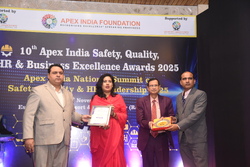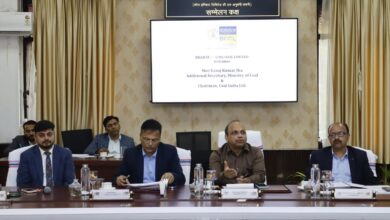Asia’s Monsoon Crisis: Death, Displacement, and Destruction in 2025
India faced one of its harshest monsoons in decades

The 2025 monsoon season has unleashed unprecedented devastation across Asia, with Pakistan and India among the worst-hit nations. Extreme rainfall, landslides, flash floods, and glacial lake outbursts have left hundreds dead, displaced millions, and destroyed homes, infrastructure, and livelihoods.
India: Deadly Floods from the Himalayas to Punjab
India faced one of its harshest monsoons in decades, arriving early and bringing widespread destruction. The Himalayan states of Himachal Pradesh, Jammu & Kashmir, and Uttarakhand were battered by deadly cloudbursts, flash floods, and landslides.
In Uttarakhand, a river of muddy water engulfed the town of Dharali, sweeping away entire homes. Himachal Pradesh was hit by nonstop rains, while Punjab experienced its worst flooding in nearly 40 years. The Sutlej, Chenab, and Ravi rivers simultaneously swelled to dangerous levels, inundating villages, damaging crops and livestock, and crippling infrastructure.
Pakistan: A Nation Drowning
Since late June, relentless rains combined with glacial melt have triggered catastrophic floods across Pakistan. More than 2,300 villages have been submerged, affecting over one million people and forcing mass evacuations. The tragedy is compounded by injustice: Pakistan has contributed just 0.5% of historic global CO₂ emissions, yet it is facing some of the deadliest climate impacts in the world.
Wider Asia: A Region in Crisis
The monsoon’s destruction was not confined to South Asia:
- Philippines & Vietnam: Typhoon Wipha made landfall as a tropical storm after battering Hong Kong and southern China, killing dozens and displacing thousands.
- Japan: On August 11, Kumamoto Prefecture faced Japan’s highest-level heavy rain warning, with 40 cm of rainfall unleashing severe floods and mudslides.
- South Korea: Torrential rains left at least 18 dead and forced 14,000 people to evacuate.
- Australia: Record-breaking floods struck with 10% more intensity than previous years, a direct consequence of climate change.
The Climate Connection
Between May and August, floods and landslides ravaged South Korea, India, Indonesia, Japan, Australia, the Philippines, and Vietnam. Asia is warming nearly twice as fast as the global average, with 2024 already one of the region’s hottest years on record. The result: devastating floods in Nepal, droughts in China, and Cyclone Yagi’s destructive march through Southeast Asia.
The message could not be clearer: every fraction of global warming matters. Unless fossil fuel consumption is drastically reduced, Asia’s monsoon crisis will only deepen — with catastrophic consequences for millions.
The writer of this article is Dr. Seema Javed, an environmentalist & a communications professional in the field of climate and energy




